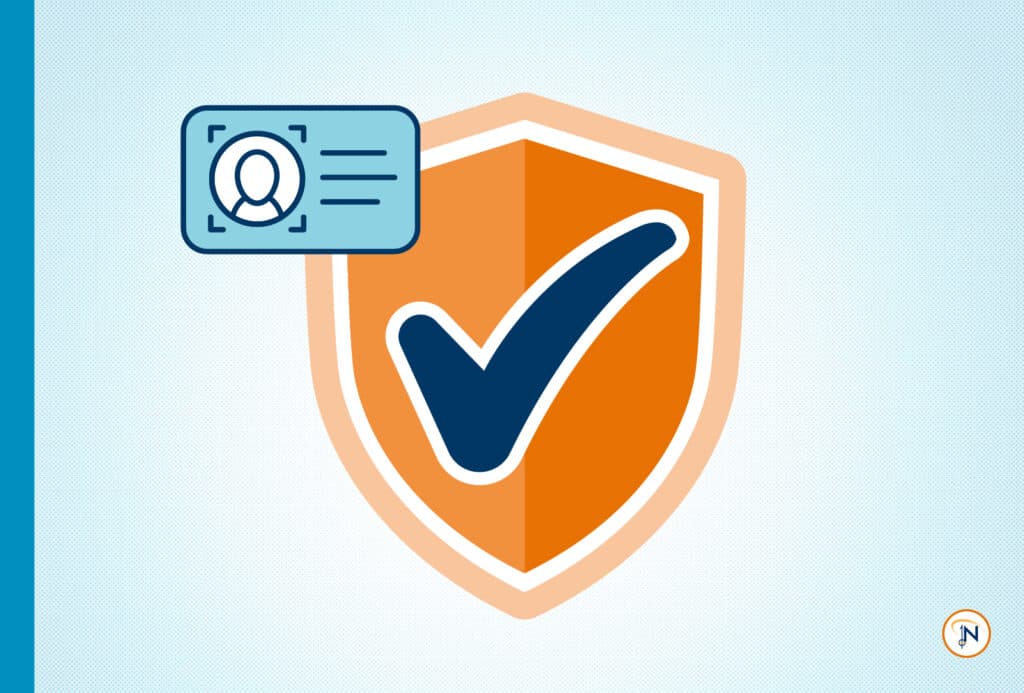Agencies like yours have a critical role in the safety of your entire community, and making a valid identification of every individual who walks through your door can be essential to public safety.
Maintaining a safe community requires effective classification, housing, supervision, and management strategies that reduce the risk of escapes, walkaways from work assignments, new crimes committed while on work release, recidivism, and erroneous community placement. A new generation of data-driven offender risk assessment tools has significantly increased the ability of jails, courts, and probation and parole officers to determine an individual’s risk of recidivism or flight after being placed in the community pre- or post-sentence.
Forward-thinking facilities recognize that an individual’s incarceration is an opportunity to address their criminogenic risk factors (that is, those factors that tend to produce crime or criminality). These can include substance abuse, criminal thinking, and lack of employment, education, or housing.
As a result, individuals’ access to rehabilitation programs is gaining importance in the field. As reentry initiatives are implemented and begin to take hold in local corrections plans, programs are often initiated in the jail and then continued once individuals are released and reenter the community.
This practice is an important component of good correctional policy and may reduce recidivism and save taxpayer dollars. Access to work assignments of lower-risk individuals also supports effective correctional policy—it keeps people busy, permits extra time off their sentence for good behavior, and gives participants some additional work experience.
All of this comes back to valid identification. Without the right data in your team’s hands, you can’t make data-driven decisions about classification, housing, programming, work assignments, or anything else that’s affecting the safety of your community.
Are you ready to learn more about classification and risk assessment? Talk to our team of experienced practitioners about how technology can help you work to make you community safer. We’re here to help. Give us a call today.
Adapted from the NIC’s Running an Intelligent Jail, August 2013






